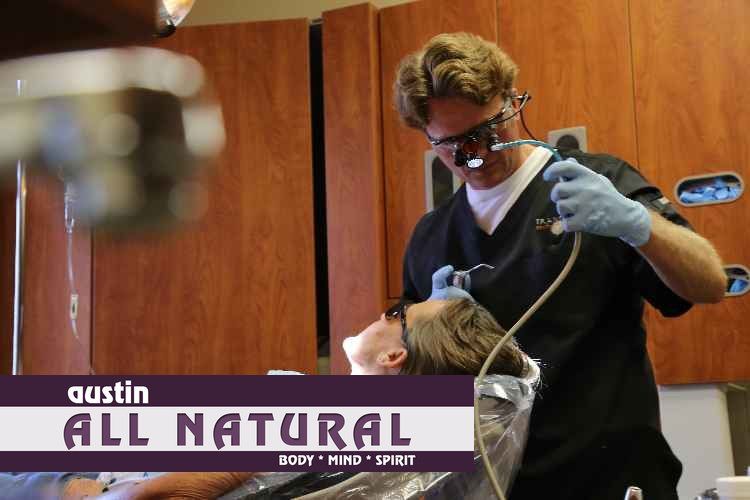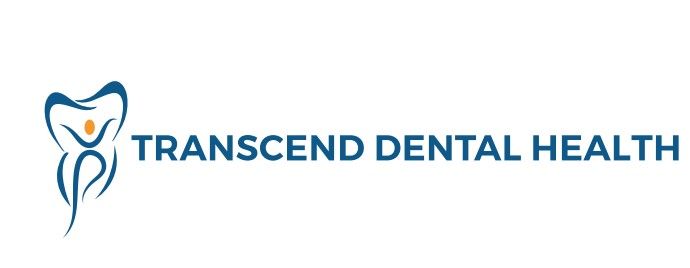What is CEREC?
TDH Office • April 29, 2020
Why Does It Matter?
At our holistic dental practice in Round Rock, we use the latest and most technologically advanced equipment. Part of our advanced “toolset” is Sirona’s new CEREC AC unit (as well as the new milling unit). While that may just sound like a fancy way to increase prices, it’s actually much more.
Ten years ago, as a new biologic dentist, I began looking at the MSDS (material data safety sheets) for the crowns and filling materials we were using. I was shocked to discover that most of them had the potential to cause cancer!
This is why I love using Cerec. We can find out what crown or filling material is safe or least reactive for the patient with a serum compatibility test and then can place the material in our Cerec to assure that the patient receives exactly what is safe for them. There is no middle man that can change the material. It is impossible for a patient or a dentist to look at a dental crown and visually tell what material it is made of. For the most part, they all look the same. It’s like water: it all looks the same but there are varying degrees of purity and safety based on what it is made of and where it is sourced. It’s the same with dental crowns.
So what is CEREC? How can CEREC help you, the patient? Why should you choose a CEREC doctor? I’ll try to answer those questions and more, below.
MEET CEREC
CEREC stands for Ceramic Reconstruction and is a sophisticated system of designing and making high quality, metal-free dental restorations in one patient visit. Developed by Sirona, CEREC utilizes 3D photography and CAD/CAM technology to assist a dentist in designing a virtual restoration (onlay, inlay, crown, or bridge) without taking impressions and, when combined with a milling unit, is able to build the actual restoration while you are still in the chair.
The computer system and camera in the CEREC AC unit have been upgraded substantially from prior units, allowing even a new user to create near perfect restorations on a routine basis.
After being a “CEREC” doctor for almost a decade, I understand the value of what CEREC brings to a practice and a patient. That’s why we recently upgraded to the latest and greatest machine, the CEREC AC. This machine allows us to take digital impressions for restorations (no more gagging on impressions!) and make precise restorations that look excellent, fit perfectly, and last a long time. These are completely made out of biocompatible, metal-free materials and all in very little time. (A typical crown appointment lasts less than 2 hours, and you don’t need to come back to finish the work; it’s all done in one visit!)
HOW YOU BENEFIT
By upgrading our CEREC machine, we can do same-day restorations on almost all procedures (you can have a complete crown done in under two hours, in one visit), including inlays, onlays, crowns, and even some bridges. Restorations look outstanding, last a long time, and are biocompatible and metal-free.
HOW DO YOU KNOW IF YOU NEED A CEREC RESTORATION?
If you have been told you need a new crown, inlay, onlay or bridge, you may be a CEREC candidate. If you have a cracked tooth, old failing restorations, or otherwise large damage on your teeth, you may be a CEREC candidate. If you are interested in replacing old metal restorations with bio-compatible restorations, you might be a CEREC candidate.
Essentially, any large restoration in your mouth may be a possible candidate for a CEREC restoration. (This is NOT to say that just because you have an old crown, you need a new one; IF an old restoration needs replacing, CEREC may be a good option for you.)
HOW IT WORKS
The cavity preparation is first photographed and stored as a three-dimensional digital model, and proprietary software is then used to approximate the restoration shape using biogeneric comparisons to surrounding teeth. The practitioner then refines that model using 3D CAD software. When the model is complete, a milling machine carves the actual restoration out of a ceramic block using diamond head cutters under computer control. When complete, the restoration is bonded to the tooth using a resin. CEREC is an acronym for Chairside Economical Restoration of Esthetic Ceramics.
(courtesy http://www.cerec.net/index.php/index.html/_/news/products/what-is-cerec-r2)
HISTORY
This system is manufactured by Sirona Dental Systems in Bensheim, Germany.
- 1980 Development of the CEREC method at the University of Zurich W. Mormann, M. Brandestini).
- 1985 Treatment of the first patient with CEREC (University of Zurich, material: VITABLOCS Mark I).
- 1986 Siemens acquires the license to market and further develop the CEREC equipment.
- 1987 CEREC 1 is introduced (chief indication: single and dual-surface inlays; material: VITABLOCS Mark II).
- 1990 International CEREC Symposium at the University of Zurich.
- 1991 Hydraulic machining drive replaced by an electronically controlled motor.
- 1994 CEREC 2 is introduced (range of indications: inlays, onlays, veneers).
- 1996 CAD/CAM Symposium to mark a decade of CEREC (University of Zurich).
- 1997 Sirona was formed as the result of the sale of the Dental Division of Siemens AG.
- 1997 CROWN 1.0 program for producing full-ceramic posterior crowns.
- 1998 Second material manufacturer partnership is formed (lvoclar, ProCAD).
- 1998 CROWN 1.11 program for producing posterior and anterior restorations.
- 2000 CEREC 3 is introduced (compact Windows-based CAD/CAM system).
- 2000 Third material manufacturer partnership is formed (3M Paradigm MZ100).
- 2002 More than 2,500 CEREC users in the United States and over 5,000,000 CEREC restorations placed worldwide.
- 2003 3D software version is released, allowing users to see 3D views of teeth and models.
- 2006 CEREC Celebrates 20 Years.
- 2006 Sirona releases BIOGENERIC version of the software. This software allows for the machine to accurately reconstruct the missing tooth shape and surface.
- 2007 More than 23,000 CEREC users worldwide.
- 2008 Sirona release the MCXL milling unit, this milling unit can produce a crown in 4 mins.
- 2009 Sirona release CEREC Acquisition Center (AC) powered by Bluecam
(courtesy http://www.cerec.net/index.php/index.html/_/news/products/what-is-cerec-r2
THE FUTURE OF DENTISTRY
CAD/CAM dentistry such as CEREC is the future of dentistry. Utilizing modern technology, a dentist can produce an accurate, safe, bio-compatible dental crown, inlay, onlay, or bridge, in just one visit.
Technological advances make the system easier to use, more accurate (so you get a better fit right away, which means great comfort and fewer adjustments later), and faster (saving you time in the chair).
More dentists are turning to this new technology. Some are new to the system. Others (like us) have been using it for years. While it isn’t perfect (some adjustments will need to be made, and you still need to spend a good amount of time at the dentist), anything that saves you time and money while increasing quality and comfort is a good thing for both the patient AND the dentist.





